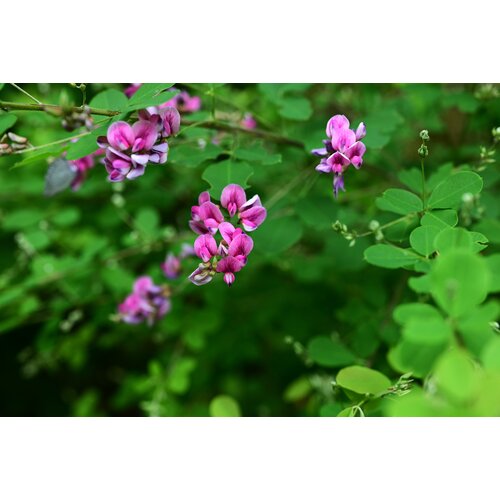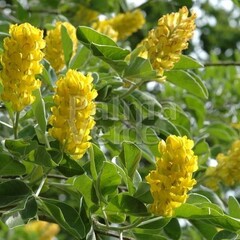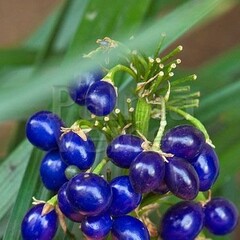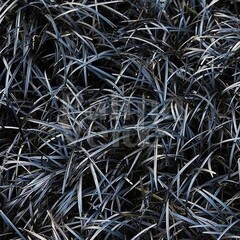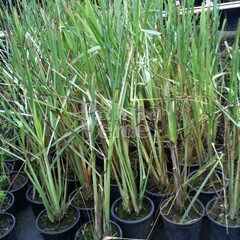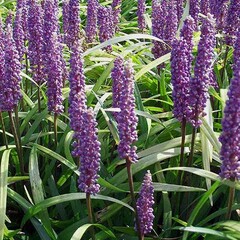Lespedeza bicolor, commonly known as bush clover, is a graceful, loosely growing shrub native to East Asia, where it naturally occurs on sunny slopes and forest edges. It has been known in European gardens since the 18th century, initially as a curiosity, but is now increasingly appreciated for its abundant flowering and pollinator-friendly nature.
Bush clover is a deciduous subshrub that takes on an elegant, almost carefree form with its arching branches. In early summer, it remains modest, but from August onward it explodes into a sea of butterfly-shaped flowers – purple-pink to lilac-red in color. This flowering lasts for weeks and creates a true spectacle in the late summer garden.
Lespedeza bicolor fits perfectly in a naturalistic or edible garden. Although primarily known as an ornamental plant, it is related to clover and shares the special ability to fix nitrogen from the air into the soil. This makes it not only visually attractive but also valuable for soil health.
The flowers are abundantly visited by bumblebees, bees, and butterflies. After blooming, small pods appear, which change color in autumn and eventually fall off naturally.
As for growing conditions, bush clover is undemanding: full sun is ideal, and the soil should preferably be light and well-draining. It actually thrives better on poor soil than on rich, wet ground. Once well established, it is surprisingly drought-tolerant.
Pruning is best done in early spring. Since the plant flowers on new wood, it can be cut back each year to about 20–30 cm above ground level. This helps keep it compact and floriferous.
Hardy to zone 6b (-20 ºC). In harsh winters, above-ground parts may freeze back, but the plant regrows vigorously from the base in spring.





